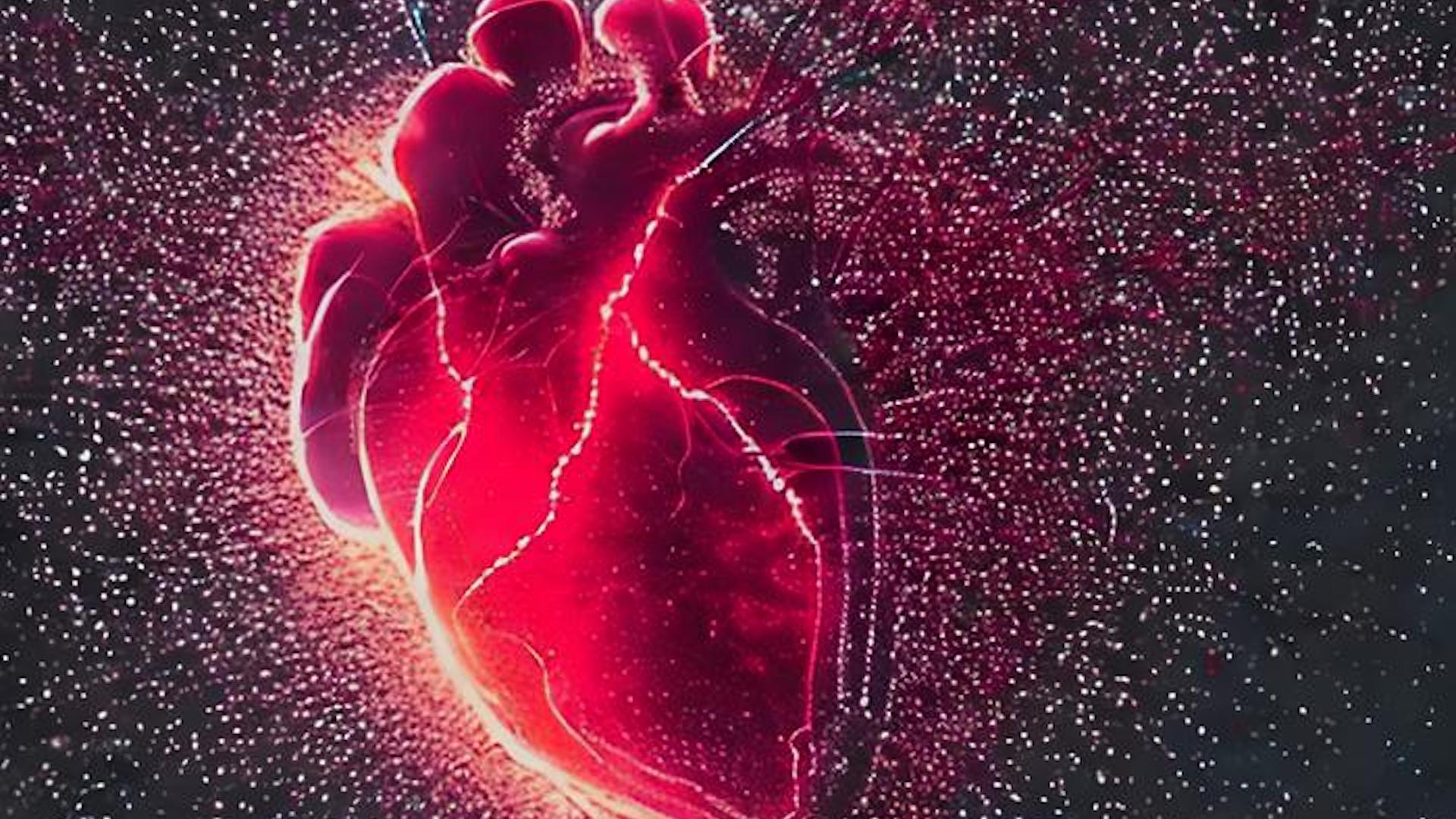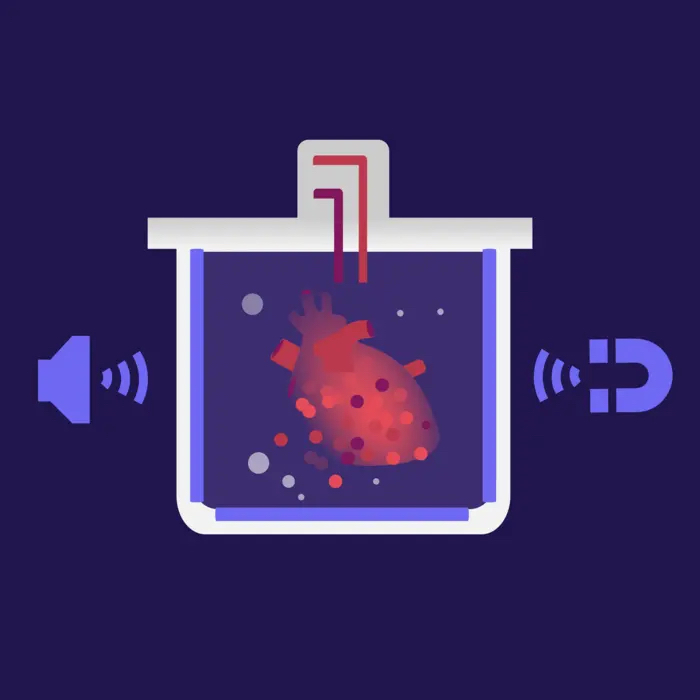
Preparing for a future in which astronauts begin adventuring deep into our solar system, scientists are developing 3D-printed hearts that they plan on launching to the International Space Station in 2027.
The idea is simply to see how these artificial organs fare when exposed to harsh space radiation because, if humans want to trek into the depths of outer space someday, we'll need to know whether our hearts can truly take us there.
Behind the exciting plan are researchers with a program called Pulse. Funded by the European Innovation Council, Pulse's website emphasizes the importance of generating complex, precise and easily manipulable bioprinted materials to "make long-term space exploration a safer and more viable option." However, the team also explains that this endeavor can help with Earth-based medicine breakthroughs as well, most notably with regard to cancer therapies that also expose the human body to intense radiation.
"The ambitious goals of the PULSE project are as much related to space research as they are to healthcare on Earth," Lorenzo Moroni, project coordinator and professor of biofabrication for regenerative medicine at the University of Maastricht in the Netherlands, said in a statement. "Bioprinted organoids that closely replicate the complexity of human organs have the potential to reduce the reliance on animal experimentation and provide a more accurate and efficient platform to study disease mechanisms and evaluate drug responses."
Related: 3D print the cosmos: An interview with the authors of 'Stars in Your Hand'
While PULSE's project is certainly innovative in that fully 3D-printed hearts haven't been sent to the ISS before, scientists have dabbled with exposing heart cells to spaceborne conditions in the past.
For example, various institutions such as Brown University and Johns Hopkins University worked with NASA to send some cardiac tissue specimens to the ISS over the past few years – most recently as part of SpaceX's CRS-27 robotic resupply mission. The purpose was to see how each cell subject, lovingly called "tissue-on-a-chip," contracts in microgravity conditions and learn whether natural cardiac muscle damage can be reversed, as space's environment sort of mimics the effects of aging on the human body, but in fast-forward. And that's among a list of several other interesting experiments stemming from tissue-on-a-chip.
In fact, astronauts physically stationed on the ISS also constantly monitor their cardiovascular health for active scientific heart studies such as the Canadian Space Agency's Vascular Echo, which looks at how arteries and hearts respond to blood pressure changes known to occur in space.
By contrast, however, PULSE hopes to send full artificial hearts to the Earth-orbiting laboratory – not cell samples nor functioning organs locked in human bodies.
Possibly, the benefit of this technique over the former would be that it replicates a true heart much better, and over the latter would be that it's easily testable and controllable for specific research experiments.

According to an overview of the program, the researchers intend to build these hearts with what they call "PULSE technology," in reference to a system that harnesses what's known as "magnetic levitation" and "acoustic levitation."
Basically, acoustic levitation uses sound waves to suspend something mid-air while magnetic levitation taps into magnetic fields for the same effect. You might've heard about magnetic levitation before in the case of Maglevs, trains that just barely hover above ground to reach stunning speeds. Those harness the power of magnetic levitation, too, though for vehicular travel.
In the case of PULSE, the purpose of these two levitation techniques is to enable scientists to perfectly manipulate various parts of a bioprinted organ (think, cells and hydrogels) such that the specimen excellently mirrors its true counterpart.
If humanity manages to achieve the dream of entering its age of deep space exploration and Mars habitation someday, the results of all cardiac space studies, including PULSE, could be major pieces of the puzzle.







